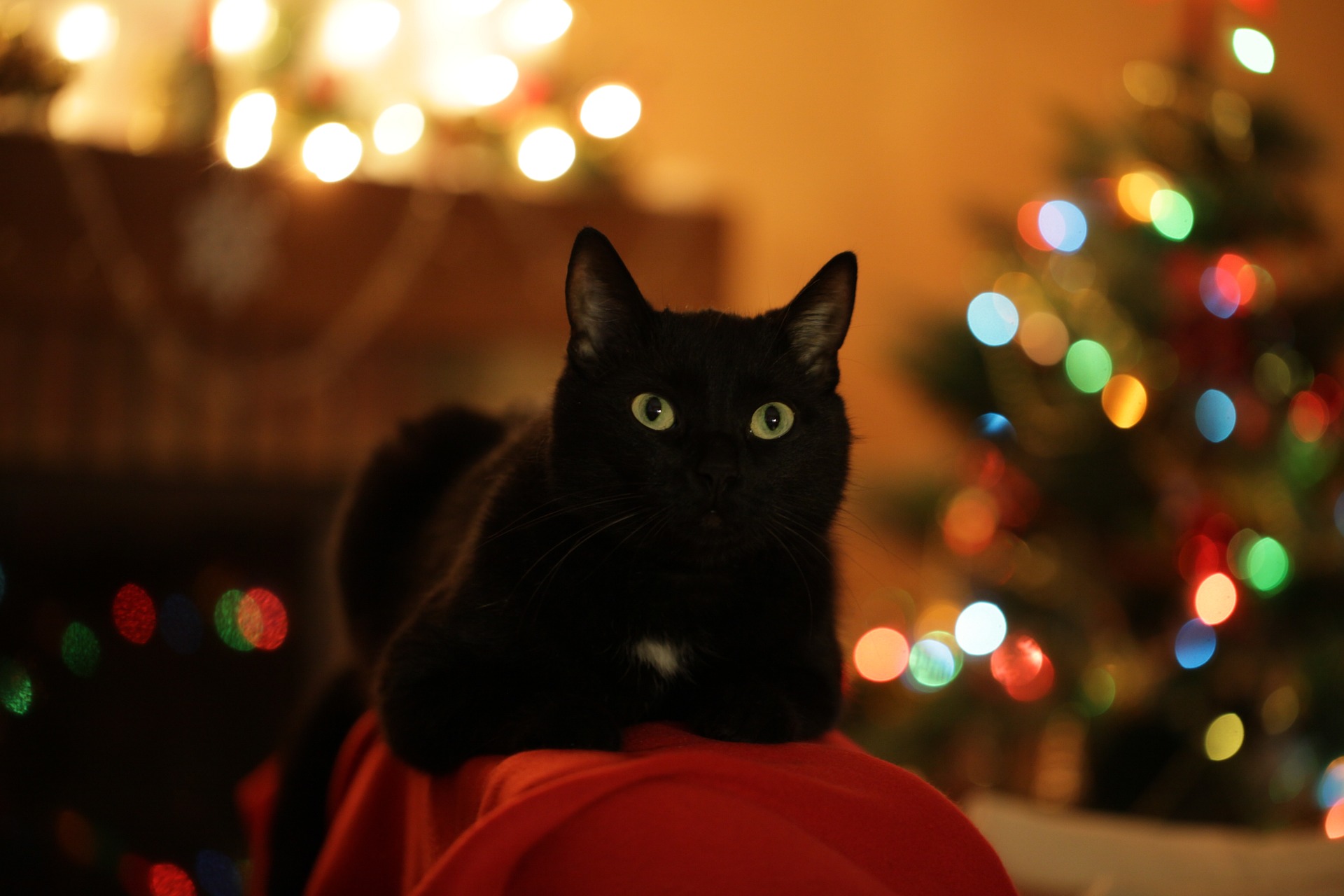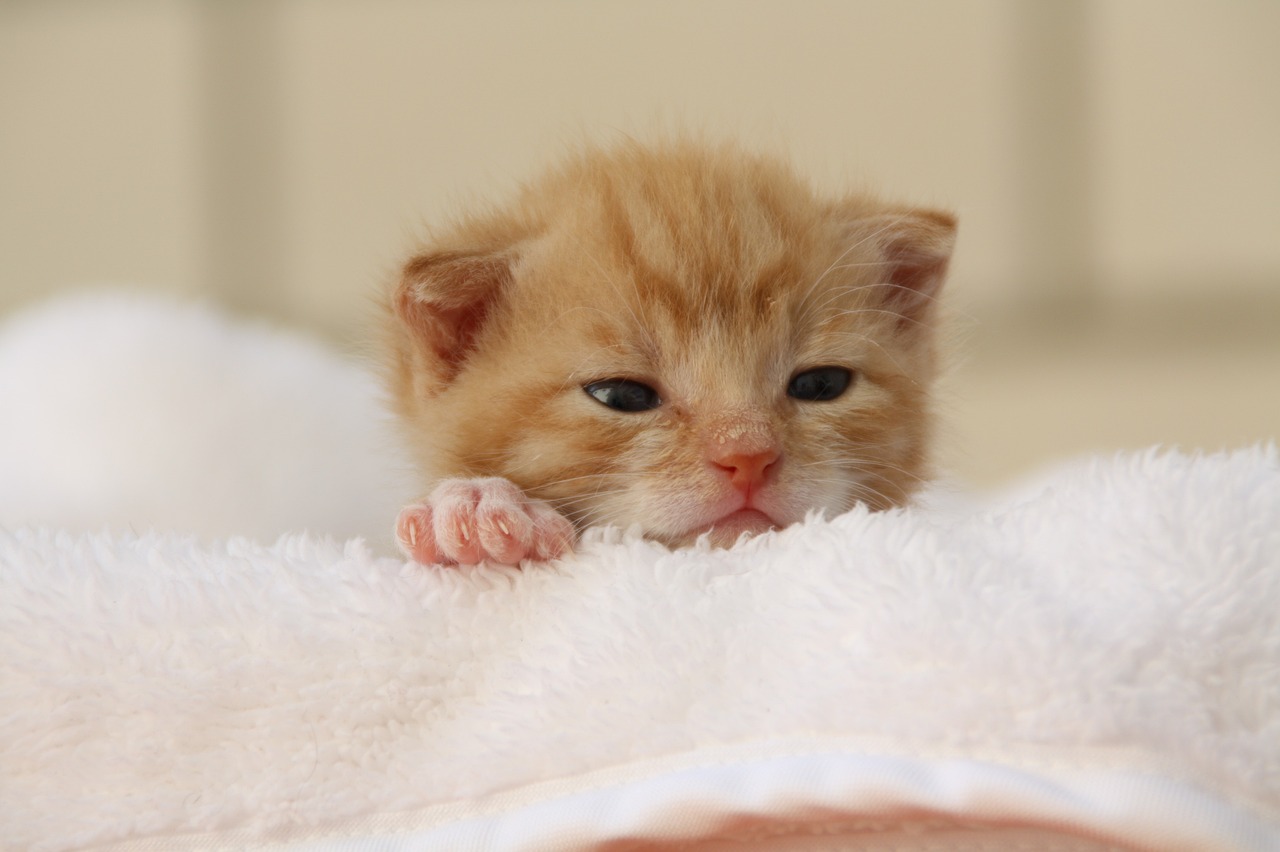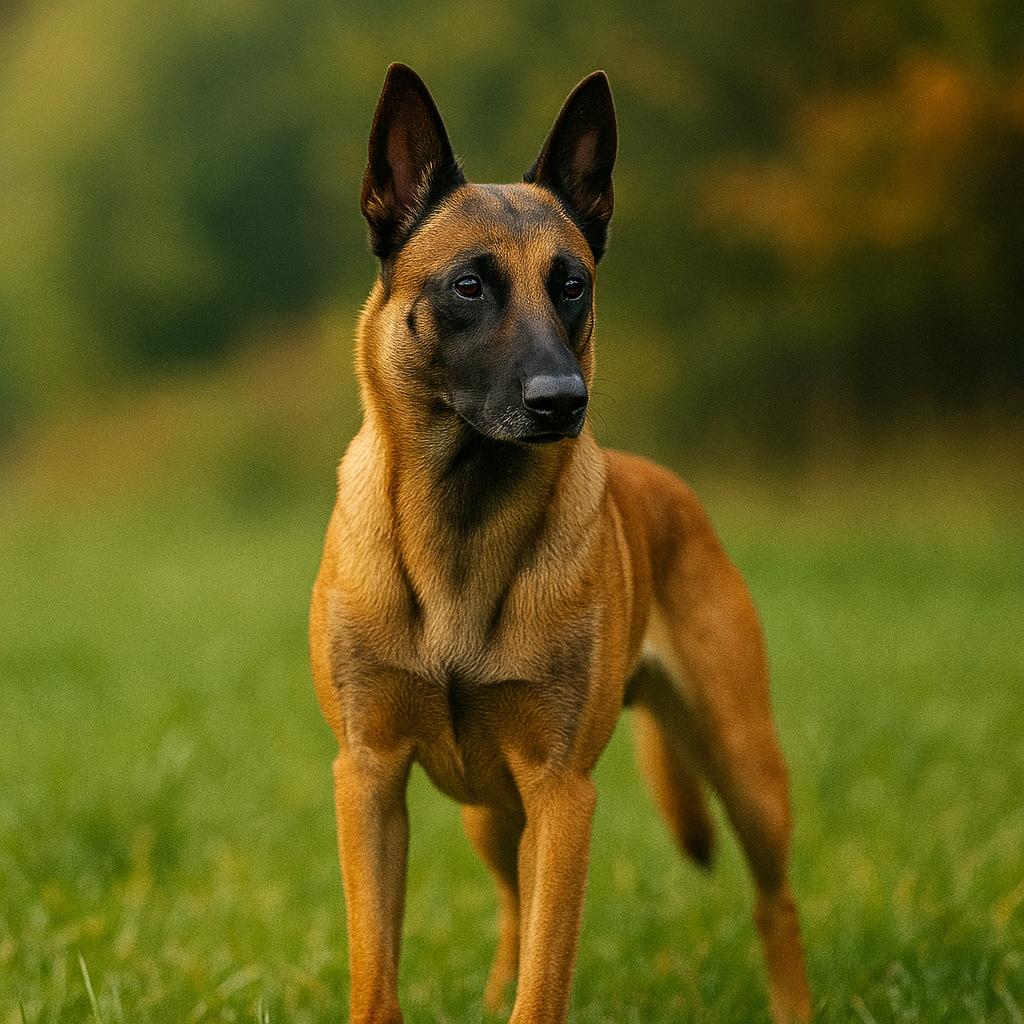
Belgian Shepherd Dog: The Amazing Working Dog
The Belgian Shepherd dog breed originates, as its name suggests, from Belgium, and is a breed that was selected in Europe for guarding and herding flocks. Its origins are intertwined with those of a more famous dog, the German Shepherd. Its official birth dates back to the end of the 19th century. Before that, Belgium was teeming with sheepdogs and cattle dogs, which were crossed with each other, focusing exclusively on their suitability for work, without giving any importance to their appearance.
It was not until 1891 that this confusion came to an end, thanks to a breed club founded in Brussels. The first breed standard divided the breed into three different types based on coat type: short, long and rough. Currently, a fourth variant has been added to these three. The four varieties are: Groenendael, Laekenois, Malinois and Tervueren.
Although the morphology changes, the breed remains virtually the same, with its faults, qualities, health problems and aptitudes. Only very few changes in character and aptitude are known for the different variants. The best known variant is the Malinois, followed by the Tervueren and the Groenendael, while the Laekenois is hardly bred anymore and there are very few specimens left; however, it has nothing to envy the other members of the breed. It is a pity that dog breeding problems have almost led to its disappearance.
The Malinois is an agile and active dog, perfect for dog sports and very fond of the outdoors. The Groenendael is famous for its beautiful dark coat and wolf-like appearance. It is nicknamed the four-legged Houdini because of its tendency to escape from kennels and shelters, and it loves to explore and get to know its territory. It is the most active variety and the one that needs the most exercise. The Tervueren is the Belgian Shepherd variety most commonly used in its country of origin for police and security work. It is also highly valued for searching for missing persons and for natural disasters such as avalanches, earthquakes and floods, thanks to its exceptional sense of smell.
Characteristics of the Belgian Shepherd dog breed
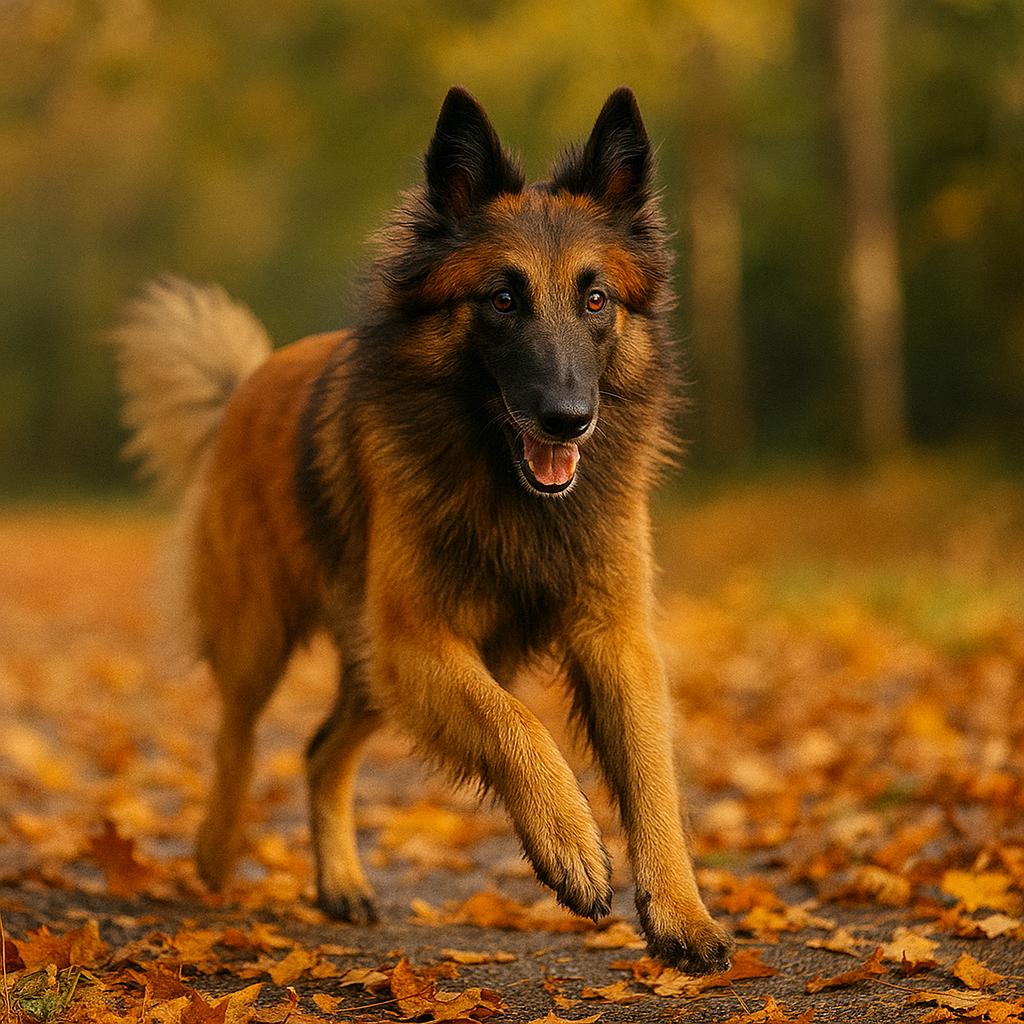
As already mentioned, it needs a lot of exercise every day. It needs not only to go out, but also to run, play and interact with its family. It is important to socialise Belgian Shepherds from an early age to get them used to people, other animals and different situations. This breed is known for its intelligence and high learning ability, so training is fairly easy, even for beginners.
They have a lively temperament but are also very sensitive. It should be noted that the four varieties differ in some traits, including their character: the Malinois is definitely the most docile and calm, while the Tervueren and Groenendael are distinguished by their particular liveliness.
Appearance of the Belgian Shepherd dog breed
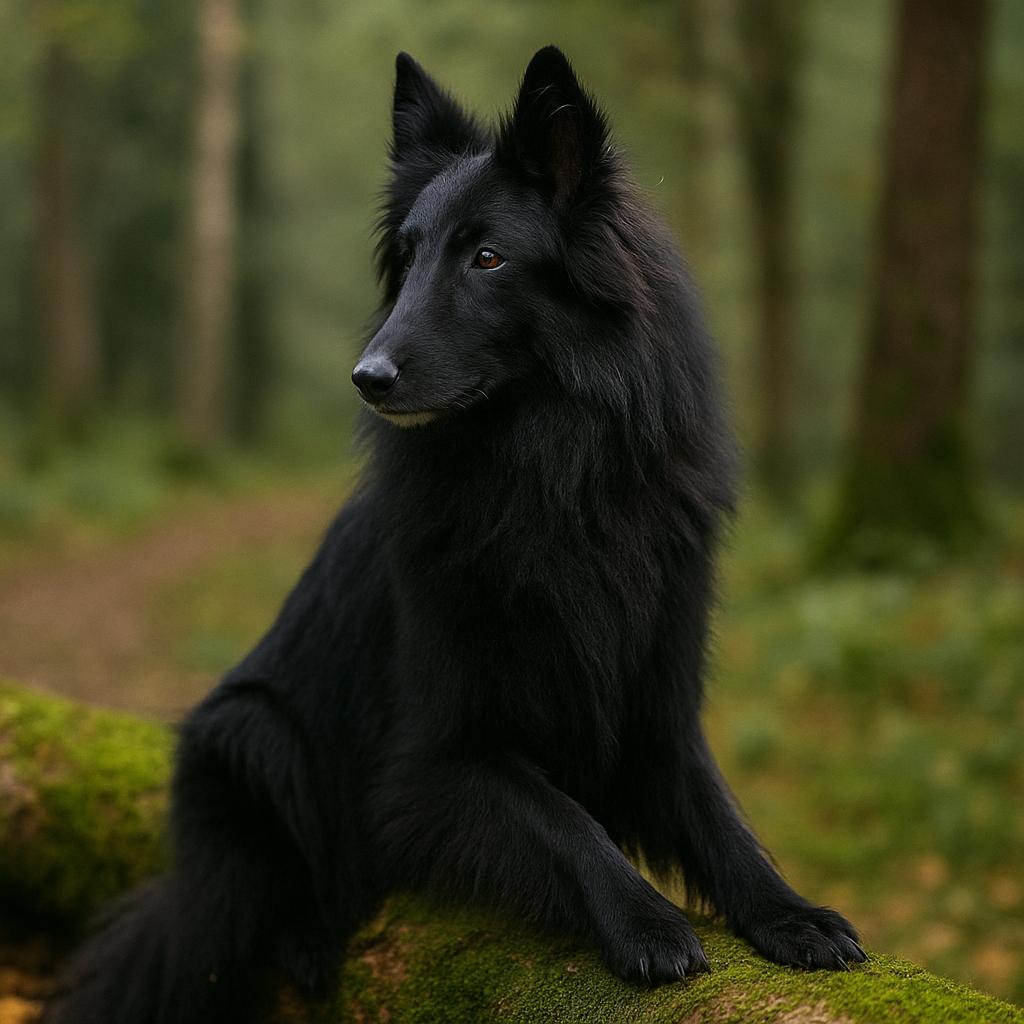
Its physique is agile and well-proportioned with a thick tail at the base and of medium length.
The eyes are medium-sized, brown in colour and slightly almond-shaped. The ears are triangular, stiff and set high, of proportionate length. The head is well chiselled, long, without exaggeration and dry, with the skull and muzzle of equal length. The coat is very short on the head, on the outer surface of the ears and on the lower part of the limbs.
It is short on the rest of the body. It is bushier on the tail and around the neck, where it forms a small collar that starts at the base of the ears and extends to the throat. In addition, the edge of the thighs is fringed with longer hair. The hair on the tail is spiky. The only colour allowed is carbon fawn with a black mask.
Obviously, as already mentioned, there are slight differences between the four varieties of Belgian Shepherd Dog.
The Malinois variety is the most similar to the German Shepherd. Its coat is short and fawn-coloured, i.e. with black tips that shade the lighter base colour.
The Tervueren variety has a coat similar to that of the Malinois.
Its coat is considerably longer than the other varieties. For this reason, it is classified, together with the Groenendael, among the long-haired Belgian Shepherds.
The Groenendael variety also has a long coat, but it is the only one of the four varieties to have a completely black coat. The trait they all share is undoubtedly a proud and elegant bearing, which is even more accentuated in the long-haired specimens.
Compared to German Shepherds, Belgian Shepherds are shorter and generally smaller. Their gait is also much less broad than their German cousins, but this is not a handicap for the Belgian Shepherd, which often wins in terms of speed, agility and jumping ability.
Care and health of the Belgian Shepherd dog breed
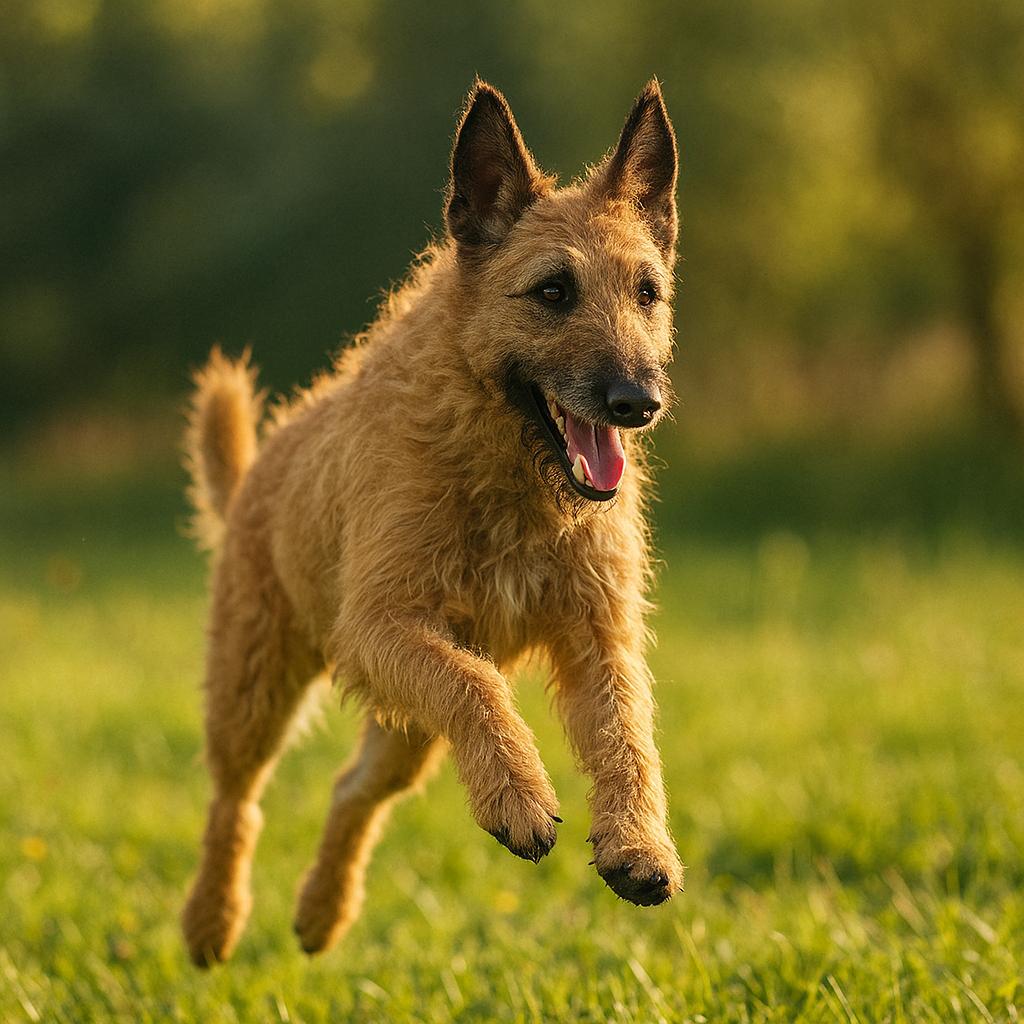
These dogs require a specific diet that supports their active lifestyle and contributes to their overall health. In order to ensure the well-being of Belgian Shepherds, it is essential to pay attention to the quality and quantity of food provided.
Coat care varies depending on the variety; a Malinois or Laekenois should be brushed once a week, while the other two varieties require the same treatment several times a week. Obviously, in spring and autumn, during the molting season, this should be done more often. In general, however, unlike other long-haired breeds, the coat of these dogs does not easily become matted.
Bathing should only be done when strictly necessary, so as not to remove the natural oils from the skin, which can cause dryness and irritation. Always use a specific shampoo that is gentle on the skin.

